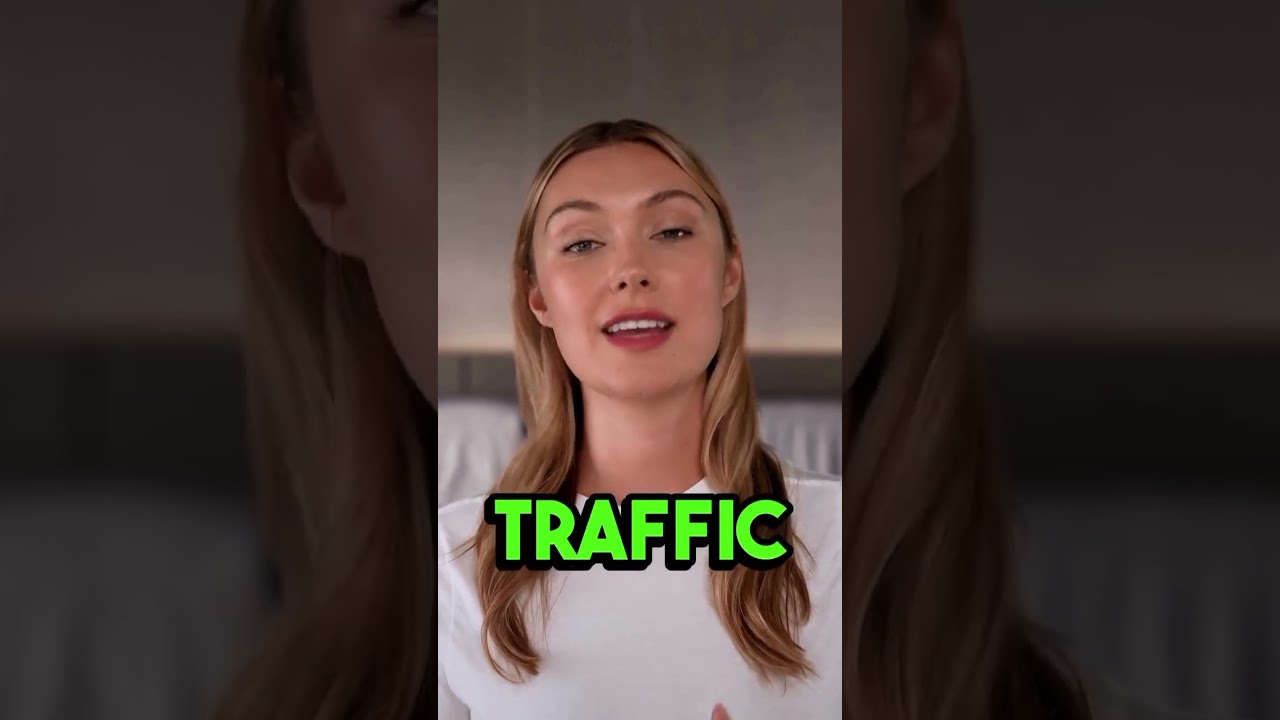In the world of digital marketing, businesses are constantly searching for the most effective strategies to attract customers and boost sales. Two popular methods are Pay-Per-Click (PPC) traffic and buying leads. Both approaches have their own advantages and disadvantages, and understanding these can help you choose the right strategy for your business needs. In this video, we will delve into the differences between PPC traffic and buying leads, their respective benefits, drawbacks, and how they can impact your overall marketing success.
1. Understanding PPC Traffic
PPC traffic is a form of online advertising where businesses pay a fee each time their ad is clicked. It’s commonly associated with search engines like Google, where ads appear at the top of search results, as well as social media platforms. Here are some key advantages of using PPC traffic:
Immediate Results: One of the most significant benefits of PPC is the speed at which you can generate traffic. Once your ads are set up and approved, you can start receiving clicks almost instantly, which can lead to immediate sales opportunities.
Targeted Audience: PPC allows for precise targeting based on various criteria, including demographics, location, interests, and behaviors. This means you can reach potential customers who are more likely to convert, maximizing your return on investment (ROI).
Control Over Budget: With PPC campaigns, you have complete control over your advertising budget. You can set daily or monthly spending limits and adjust bids to ensure that you’re not overspending. This flexibility helps in managing marketing costs effectively.
Measurable Results: PPC platforms provide detailed analytics that allows you to track the performance of your ads. You can monitor metrics such as click-through rates (CTR), conversion rates, and overall ROI, enabling you to optimize campaigns for better results.
However, there are challenges associated with PPC traffic:
Cost: While PPC can deliver quick results, it can also be expensive, especially in competitive industries where cost-per-click (CPC) rates can skyrocket. Businesses need to carefully manage their budgets to avoid overspending.
Potential for Low Engagement: Leads that are purchased may not have the same level of engagement as those generated through your own marketing efforts. This can lead to lower conversion rates and a lack of rapport with potential customers.
3. Key Comparisons: PPC Traffic vs. Buying Leads
When deciding between PPC traffic and buying leads, consider the following factors:
Speed of Results: If you need immediate traffic and sales, PPC may be the better option as it can generate clicks and leads quickly. Buying leads may take longer to reach out and convert, as the quality and engagement can vary.
Budget Considerations: Evaluate your budget for marketing efforts. PPC requires ongoing investment, while buying leads may offer a one-time cost for a list. Assess which option aligns better with your financial strategy.
Target Audience: Consider how well you understand your target audience. PPC allows for more refined targeting, while bought leads may require additional qualification to ensure they fit your ideal customer profile.
Long-Term vs. Short-Term Focus: If you’re looking for a sustainable marketing strategy that builds over time, investing in PPC can help create brand visibility and recognition. On the other hand, buying leads may provide a quick influx of potential customers without building long-term brand loyalty.
4. Conclusion: Making the Right Choice for Your Business
Both PPC traffic and buying leads can be effective strategies for generating sales, but the best choice depends on your specific business needs and goals. Here are some final thoughts:
If your priority is immediate results and you have the budget for ongoing advertising, PPC traffic may be the most effective choice. The ability to target specific audiences and track performance can lead to better ROI.
If you’re looking for a more cost-effective solution with access to potential customers who are already interested, consider buying leads. Just ensure that you source high-quality leads to maximize your chances of conversion.
Ultimately, you may find that a combination of both strategies works best for your business. By leveraging the strengths of PPC and buying leads, you can create a comprehensive marketing approach that drives sales and builds brand awareness.
Call to Action:
What strategies have you used for generating sales? Share your experiences in the comments below! Don’t forget to like, subscribe, and hit the notification bell for more marketing tips and insights!
Timestamps:
0:00 Introduction
1:15 Understanding PPC Traffic
3:30 Exploring Buying Leads
5:45 Key Comparisons: PPC vs. Buying Leads
7:00 Conclusion: Making the Right Choice
Hashtags:
#PPC #LeadGeneration #DigitalMarketing #SalesStrategy #OnlineAdvertising #MarketingTips #BusinessGrowth





